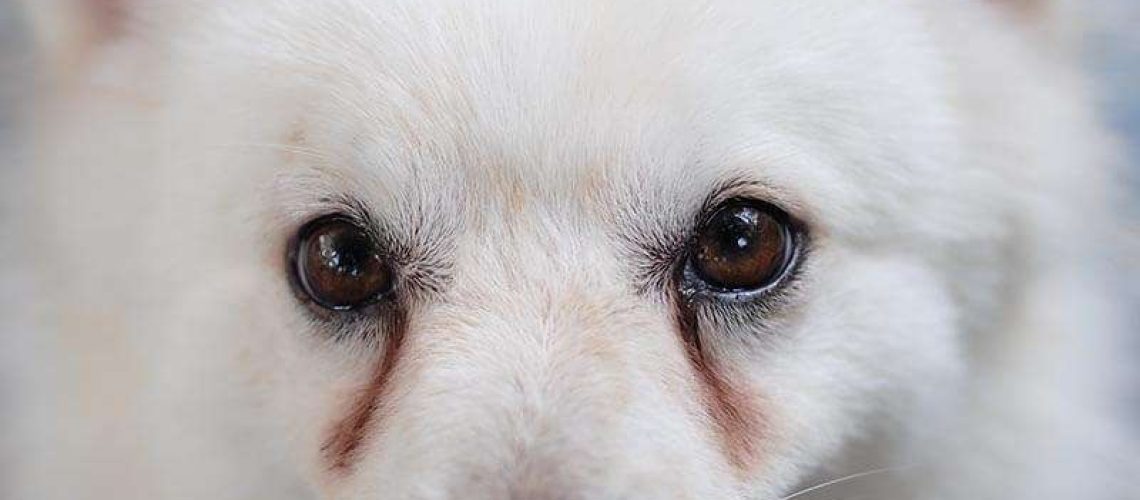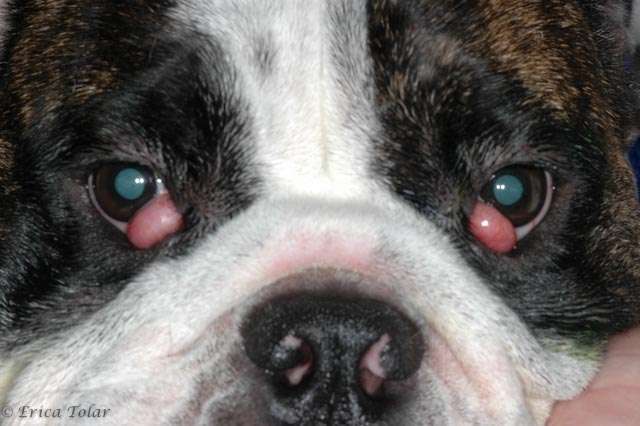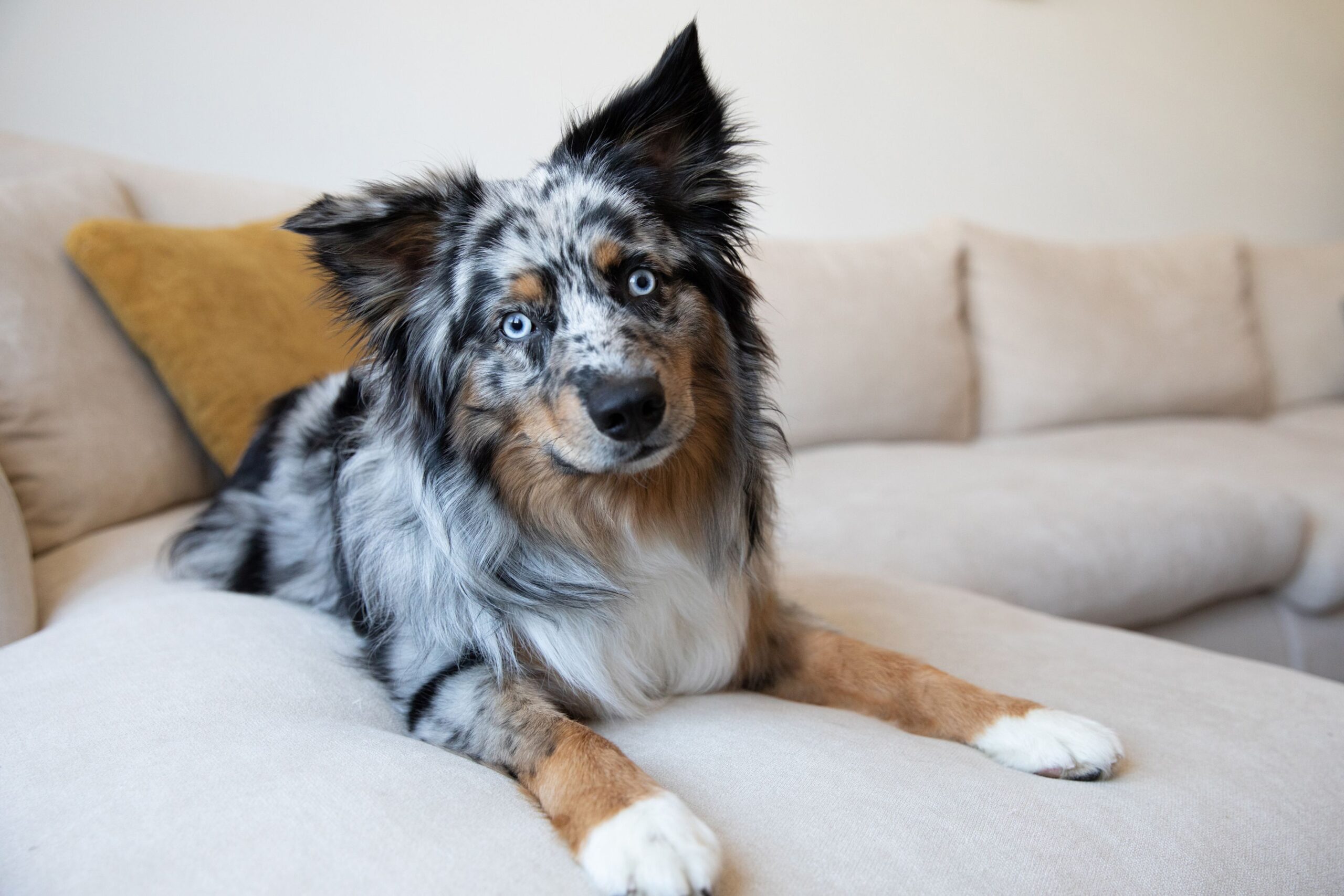Key Takeaways:
- Tear stains in dogs can be caused by a variety of factors, including genetics, allergies, and eye infections.
- Regular grooming and cleaning around the eyes can help prevent tear stains from forming.
- Diet plays a significant role in tear stain formation, so feeding your dog a balanced and high-quality diet is essential.
- Some breeds are more prone to developing tear stains than others, so it's important to research and be aware of your dog's breed-specific needs.
- If tear stains persist or worsen despite regular care, it is recommended to consult with a veterinarian to identify any underlying health issues.
Are you a dog lover? Do you find yourself constantly wiping away those tear stains from your furry friend's face? If so, then delving into the topic of tear stains in dogs can bring immense value to your life. Understanding why these stains occur and how to prevent them is essential for every dog owner. In this article, we will explore the causes behind tear stains and provide practical tips to keep your pup's face clean and healthy. So, let's dive in and discover the secrets to banishing those tear stains for good!
What are Tear Stains in Dogs and Why Do They Happen?
Tear stains in dogs are dark-colored marks that can appear under the eyes or around the muzzle. They occur when tears overflow from the eyes and leave behind a residue on the fur. These stains can be unsightly and may give the impression that your dog is constantly crying, even if they're not.
Tear stains happen due to a few reasons. Firstly, some dogs have shallow eye sockets or prominent facial features that cause tears to accumulate instead of draining properly. Secondly, excessive tearing can occur due to allergies, irritants in the environment, or eye infections. Lastly, certain dog breeds with short muzzles are more prone to tear stains because their tear ducts are often narrower.
Common Causes of Tear Stains in Dogs:
- Shallow eye sockets
- Prominent facial features
- Allergies
- Irritants in the environment
- Eye infections
- Narrow tear ducts (in certain breeds)
Why Do Tears Stain Fur?
Tears contain a pigment called porphyrin which gives them their natural color. When tears overflow and come into contact with your dog's fur, this pigment can leave behind a stain. The moisture from tears also creates an ideal environment for bacteria to thrive, leading to further discoloration and potential odor.
How Tear Stains Can Affect a Dog's Looks and Health
Tear stains can have both cosmetic and health implications for dogs. From an aesthetic standpoint, tear stains can make a dog's face appear dirty or unkempt. These reddish-brown streaks under the eyes can be particularly noticeable on light-colored fur, detracting from the dog's overall appearance. Additionally, tear stains may lead to skin irritation and discomfort for the dog. The constant moisture in the area can create a breeding ground for bacteria, potentially causing infections or inflammation. It is important to address tear stains not only for cosmetic reasons but also to ensure the well-being of our furry friends.
Which Dog Breeds Are More Prone to Tear Stains?
While tear stains can affect any dog breed, certain breeds are more prone to developing them. Breeds with prominent facial folds or short muzzles, such as Bulldogs, Pugs, Shih Tzus, and Maltese, are often more susceptible to tear staining due to their anatomy. These breeds tend to have shallow eye sockets or excessive tearing caused by blocked tear ducts. Additionally, dogs with light-colored fur are more likely to show visible tear stains compared to those with darker coats. Understanding which breeds are predisposed to tear staining can help owners take proactive measures in preventing and managing this issue.
Preventing or Reducing Tear Stains Through Grooming and Diet
Proper grooming practices and a balanced diet play crucial roles in preventing or reducing tear stains in dogs. Regularly cleaning the area around your dog's eyes with a gentle cleanser helps remove accumulated tears and debris that contribute to staining. Keeping the fur around the eyes trimmed short can also minimize contact between tears and fur, reducing staining. Additionally, providing a high-quality diet that meets your dog's nutritional needs is essential. Some dog foods contain additives or ingredients that may exacerbate tear staining, so it is important to choose a diet free from potential allergens or irritants. Consulting with a veterinarian can help determine the best grooming routine and dietary choices for your dog's specific needs.
Safe and Effective Ways to Remove Tear Stains from a Dog's Fur
When it comes to removing tear stains from a dog's fur, it is crucial to use safe and effective methods. Avoid using harsh chemicals or products that may irritate your dog's sensitive skin. Instead, opt for gentle cleansers specifically formulated for removing tear stains. These cleansers are typically mild and do not cause any discomfort or harm to your furry friend. Additionally, regular grooming practices such as wiping away tears daily and keeping the area around the eyes clean can help prevent tear stains from becoming more pronounced. It is important to be consistent in your efforts and patient, as it may take time to see significant improvement.
When to Consult a Vet About Your Dog's Tear Stains and Possible Treatments
While most cases of tear stains can be managed through proper grooming and diet, there are instances where veterinary intervention may be necessary. If you notice excessive tearing, redness, swelling, or signs of discomfort in your dog's eyes, it is crucial to consult a vet promptly. These symptoms could indicate an underlying health issue such as allergies, infections, or blocked tear ducts that require professional attention. A veterinarian can assess your dog's condition and recommend appropriate treatments such as medicated eye drops or surgical procedures if necessary. Early detection and intervention can help prevent further complications and ensure the overall well-being of your beloved pet.
In conclusion, tear stains in dogs are common and can be caused by various factors such as genetics, eye infections, or allergies. It is important for dog owners to regularly clean their pet's face and consult a veterinarian if the tear stains become excessive or persistent.
What causes tear stains in dogs?
When red blood cells are broken down in the body, a substance called porphyrin is released. Dogs excrete this molecule in their bile, tears, saliva, and urine. When dogs produce an excessive amount of tears, the porphyrin in the tears can cause fur staining.
Can you fix tear stains on dogs?
Consider using a contact lens cleaner with boric acid or liquid vitamin C on a cotton ball to gently clean the dog's face and reduce the appearance of existing tear stains.
What foods cause tear stains in dogs?
Take into account the protein sources in your pet's food as it can have an effect on tear staining. Certain pets may experience more intense tear stains from red meats, which are rich in iron. If your pet tends to have tear stains, try removing red meats from their diet to see if it improves the situation.
Do groomers remove tear stains?
Experienced and trained groomers specialize in eliminating tear stains and other stains and odors associated with pets.
What is the best dog tear stain remover?
The Pet Health Pros Dog Tear Stain Remover is considered the best overall product for removing tear stains in dogs. It includes tear stain wipes and a whitening shampoo, providing a comprehensive grooming solution to keep your pet looking their best. This product is highly effective and guarantees optimal results.
Do dogs grow out of tear stains?
When you first bring home a normal, healthy puppy, their eyes may tear for the first month or two. This is a good sign that their eyes are working properly and flushing out any debris. As the puppy grows, this tearing will usually stop.
















